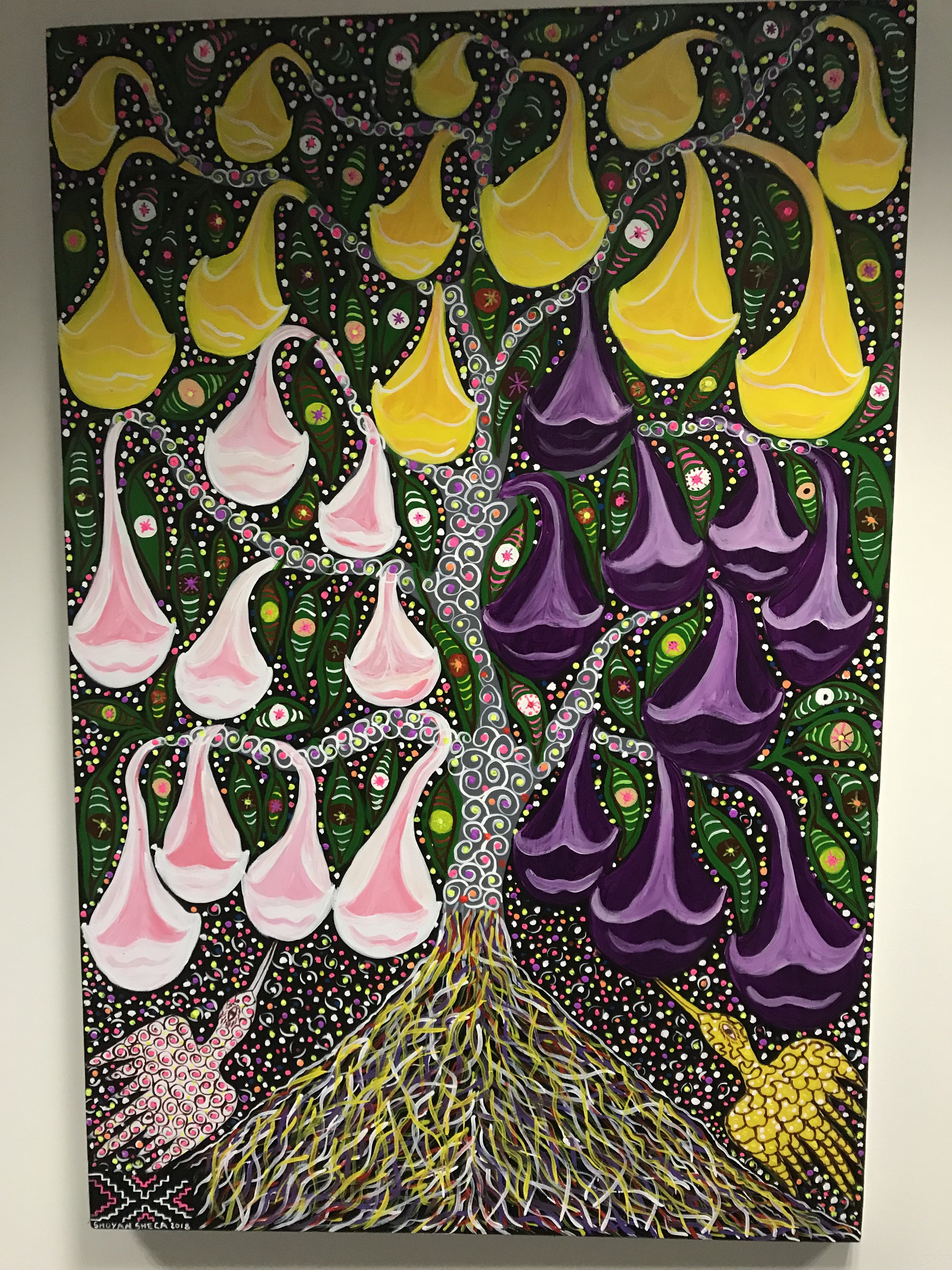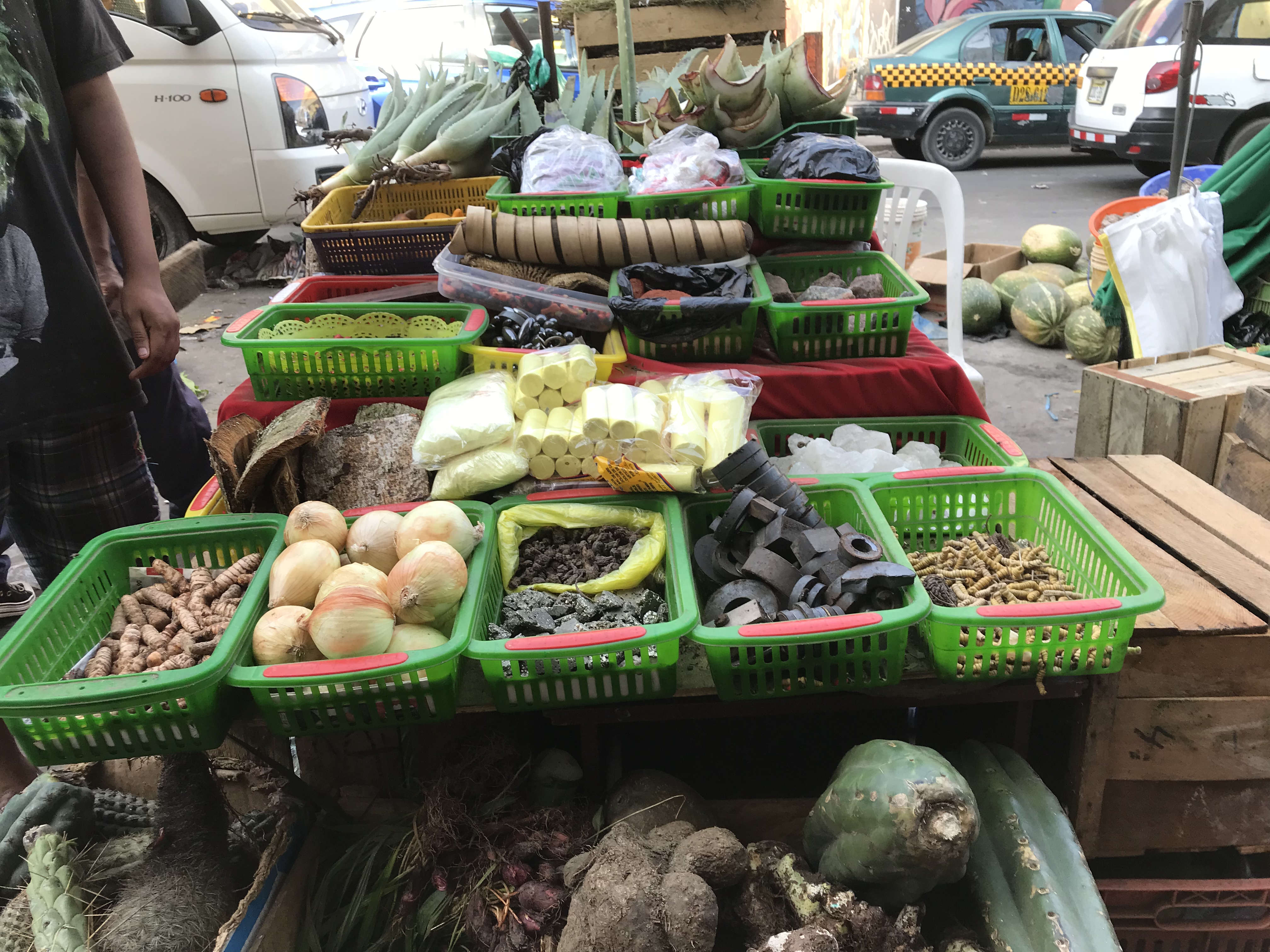
 In March 1990 two bodies were found at a rock shelter over the left margin of Matanza river, 15 km from Cusi-Cusi, a small village in Santa Catalina department of north west Argentina.
In March 1990 two bodies were found at a rock shelter over the left margin of Matanza river, 15 km from Cusi-Cusi, a small village in Santa Catalina department of north west Argentina.
The bodies had been buried with blankets and them were small cylindrical containers, tiny measuring spoons, flat tablets and short narrow tubes.
Any follower of late 20th century western culture would recognise this – the tubes of choice in the 1990s were rolled up hundred dollar bills, or twenty pound notes, the flat surface was a mirror, cocaine spoons were made of silver, and the little cylinder was replaced by a plastic bag. The spoons, tubes and tablets look like drug paraphernalia.
But these bodies were mummified and buried at the back of a cave. They had skull deformations. Their blankets were of fine alpaca, the tablets were carved in stone and the snuffing tubes were of decorated bone. They were most probably 1000 years old. Inhaling hallucinogens is not new.
Such drug paraphernalia – inhaling tubes, tablets, containers and spoons – has been found throughout the area of the Tiwuanuco culture from 1200 to a thousand years ago, centred on Lake Titicaca high in the Andes.
